The grand shining white and blue temple stood in front of me. Everything was so serene and quiet. What captivated me what the colours that adorned the temple. The white roof base was perfectly complemented by different coloured borders at each level. It almost looks like a disjointed rainbow.
This gorgeously colourful temple is located in the Guntur district in Andhra Pradesh. The temple rests on Amaravathi Road, near the famous city of Vijayawada. This wonderful temple is devoted to Shri Amareswara Swamy or Amaralingeswara, who is said to be the incarnation of Lord Shiva. This temple has a huge Shiva lingam that is visited and worshipped religiously by the devotees and locals alike. It is frequented by pilgrims from all over the world and is an important pilgrimage site in India.
Lord Shiva is not the only deity in the Amaravati or Amaralingeswara Temple. Goddess Bala Chamundika has also taken abode here. She is said to be the companion of Shri Amaralingeswara.
This elegant temple is a living testimony of the creativity and symmetry that Dravidian architecture is known for. The temple rests on a small hammock, which is locally called Krouncha Shaila.
The shrine has four gopurams that encircle it and give the shrine a mystical aura. All of the gopurams and the Vimana is built in the Dravidian style of architecture. The temple is true to the culture where it resides.
When I first visited the temple, what captivated me was the small inscriptions that adorned the temple wall. These inscriptions tell a lot of stories of how the temple came to be, and what the town once was. It tells the tales of days long gone by, and an era when everything was royal and India was a country filled with different kingdoms and princely states.
The temple has three concentric circles which house different shrines dedicated to different deities. The first circle is home to a temple devoted to Mahishasura Mardini, Veerabhadraswamy, Omkareswara Swamy, Guru Dattatreya, and Agasteswara Swamy. Temples devoted to Vinayaka, Kalabhairava, Anjaneya, Nagendraswamy, Kumaraswamy and a statue have Lord Krishna under a beautiful green tree makes up the second circle.
Finally, the third circle has given abode to temples of Kasi Viswanatha, Mallikarjuna, Pushpadanteswara Swamy and Kalahasthiswara. At the heart, or at the core of these three circle rests the divine deity of Amaralingeswara Swamy.
What really sets apart this temple, except for its colourful and magnificent architecture is the real God’s work that they do. Amaralingeswara Swamy Temple is a huge participant in the various charities that contribute to the overall betterment of society. They donate a large part of their collections to these charities, and in turn truly prove to the world, that they are indeed doing a Godly service and not just preaching about it.
Origin
The temple has a lot of different legends associated with it. One of the most popular legends suggests that the most famous idol of the Shiva Lingam was growing exponentially at one time. To stop that from happening, the famous idol of Lord Shiva in the form of a Lingam was nailed here to the Temple. The idol is said to be about 15 feet in height. The legend then goes on to say that the red mark that exists on top of the Lingam, is actually a blood stain that came out when the nail was hammered.
Another famous legend suggests that as per the Puranas, the Sounakadi saints asked which way to go to attain liberation from the cycle of birth and rebirth from Maharishi Narada. The Maharishi told them that they must bathe in the Krishna River since it was created by none other than Lord Krishna himself. The saints heeded to that and took a bath at the Krishna river to attain salvation. Since then, it is said that any pilgrim or devotee who stays at this place for three days and decided to bathe in the sacred water of the Krishna River, while worshipping Lord Amareswara, is bound to attain liberty and salvation. And anyone who dies at this place would be absorbed into Lord Shiva himself. This sacred and holy importance of this place led to the creation of this wonderful temple.
Initially, as per many people, the temple was a Buddhist stupa. This can be proven by the fact that the fact of the Temple is still in the Buddhist style of architecture. Another testimony to this theory’s favour is the Mula Virat which rests within the sanctum. It is in the form of a white lotus medallion and has strong connections with the Buddhist style of architecture.
This temple holds a lot of significance for Hindus. It was built for the worship of Lord Shiva and is also one of the five Pancharamas or holy sites. Many staunch devotees and pilgrims believe that praying in this temple will resolve family issues and fights as well.
Another thing that sets this temple apart from others is the way Lord Shiva is worshipped here. In other Shiva Temples, Abhishekam is performed from the lower levels only, that is at the floor where the base of the Lingam is. But, due to its magnanimous height of 15 feet, the priests perform the ritual from upstairs.
Which festivals are celebrated at Amaravati Temple?
The temple is most crowded during festivals that are celebrated with great pomp and fare in this temple. The rituals are traditional and rooted in the South Indian culture, and the whole atmosphere is that of celebration and divinity.
The most popular festival celebrated here is the Maha Shivaratri. It attracts hordes and hordes of pilgrims from all over the world, who engage in this festival especially dedicated to Lord Shiva. It takes place generally in the month of March, and devotees bathe the Lingam with milk.
Other festivals like Navratri, weddings, and Janmashtami are also celebrated with equal vigour and energy. The whole ambience of the temple is worth experiencing during this time.
This temple is a wonderful place to learn the culture and history of the Dravidians. It is not just a pilgrimage center but also a rich lesson about the kingdoms that existed in the Southern part of India. For pilgrims, this sacred place is the ultimate tryst with divinity, as everything is so pristine and aromatic. The smell of the incense stick fills the air the moment you enter the sanctums and the enormous Shiva Lingam is a sight to behold. All you can do is just gasp at the marvellous structure and bow your heads down in deep prayer and respect.
The Temple can be reached easily from Vijayawada, which is the nearest city to the Temple.

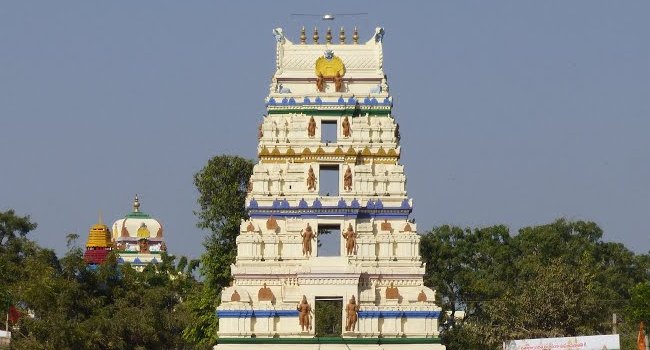
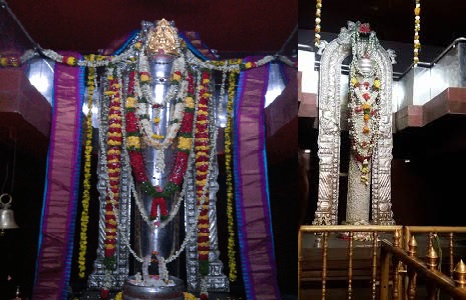
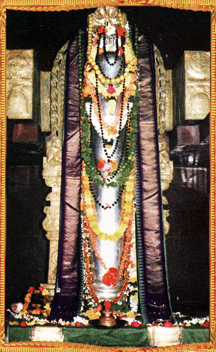
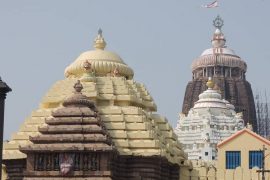
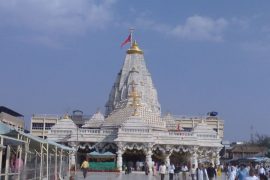
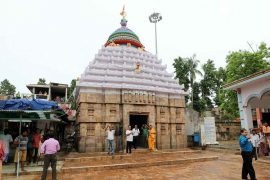
Comments are closed.